What Is Desensitization and Counterconditioning?
Desensitization and counterconditioning are two training methods that may help your dog overcome reactivity and negative feelings toward certain peopl
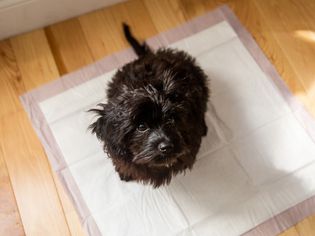
Using potty pads (also called puppy pads, or pee pads) is one way to help teach your puppy where it is appropriate to use the bathroom. Of course, this isn't an instinctual activity, so you'll have to train your puppy to use a peed pad. Consistency is key to this training technique, which you can then use to also teach your puppy to eventually potty outside.
Potty training a new puppy can be difficult if you don't know what to do, but there are several aids you can use to help your puppy go potty where you want it to go.
The idea behind using a potty pad is to provide a visible, consistent area for your puppy to go potty. You'll want to choose something absorbent, easy to clean up, and large enough for the messes that your specific puppy makes. Large breed dogs may need heavy-duty options compared to toy breeds. Newspapers, paper towels, cloth towels, and store-bought pee pads or indoor/outdoor carpet potty stations are all options.
Newspaper and paper towels can be messy and difficult to clean up after your puppy potties on them, but they are inexpensive. Cloth towels are absorbent but will need to be washed regularly, and your puppy is more likely to try to chew on it like a blanket or toy. Store-bought pee pads are the most popular option due to their absorbency, size options, and ease of disposal. If you plan to train your small dog to use the potty indoors, then indoor/outdoor carpet potty stations specifically designed for dogs are good options.
Allow your puppy to see and sniff the potty pads you chose. This will help it get used to the new item so it isn't scared of it at potty time. Let your puppy walk on the pad while you repeat a consistent command that you plan to say at potty time, such as "Go potty."
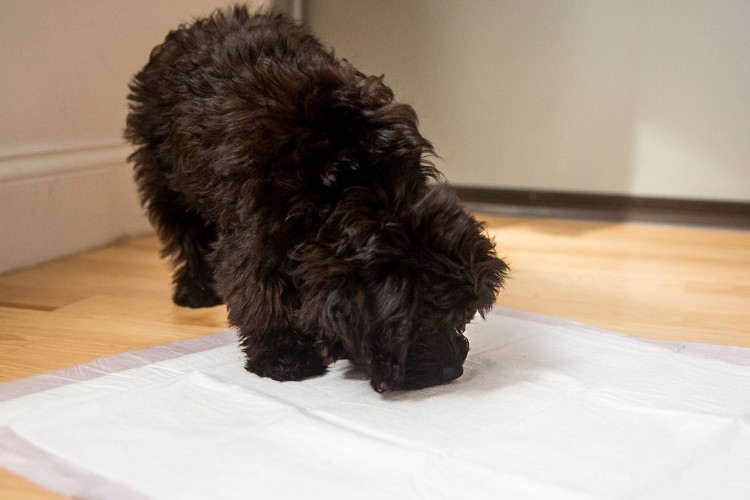
The Spruce / Phoebe Cheong
While potty training your puppy, you'll need to keep them close by so that you can anticipate when they are about to go potty. There are a few key times and behaviors to watch for that will help you anticipate your puppy having to urinate or defecate:
Praise and treats work wonders with puppies. If your puppy goes potty on its potty pad, make sure you immediately praise it. This can be verbal in an excited tone of voice, by petting your puppy, or by giving it a special, soft treat reserved only for potty time.
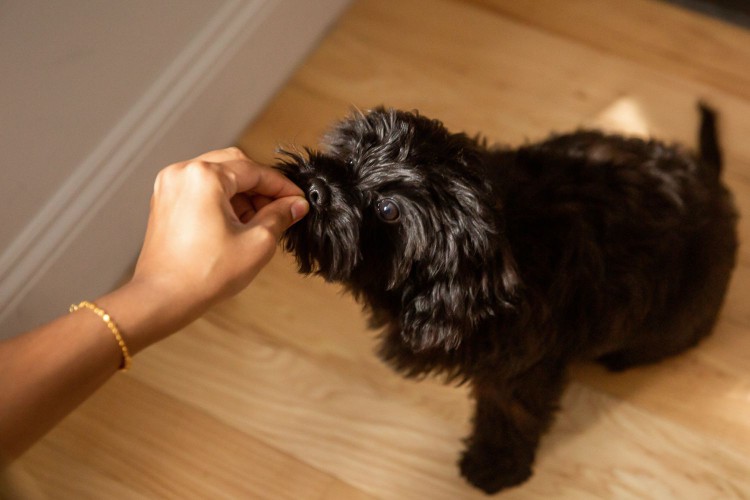
The Spruce / Phoebe Cheong
Keep your puppy on a regular schedule. This will make it easier for you to anticipate when your puppy may need to potty.
Say the same command phrase each time.
Keep the potty pad in the same place until your puppy starts going to the potty pad by itself. Once your puppy knows what to do on the potty pad, you can slowly move it closer to the door or outside where you want your puppy to eventually use the bathroom without the use of the potty pad.
Do not encourage your puppy to pull or chew on the potty pad, eat food on it, or play on it. This may confuse your puppy as to what the purpose of the potty pad is.
Do not move the potty pad around until your puppy knows what it is for and is going potty on it consistently.
Be sure to find and use a treat that your puppy is excited about getting. This will help with the training process.
If your puppy isn't making it to the potty pad on time, try putting it closer to where it usually plays or eats, and then slowly move it closer to the door if you aim to eventually teach it to potty outside.
If you are having issues keeping an eye on your puppy and it has accidents when you aren't looking, try the following strategies:
If your puppy seems to be constantly urinating, talk to your veterinarian about potential problems that some puppies are known for having.
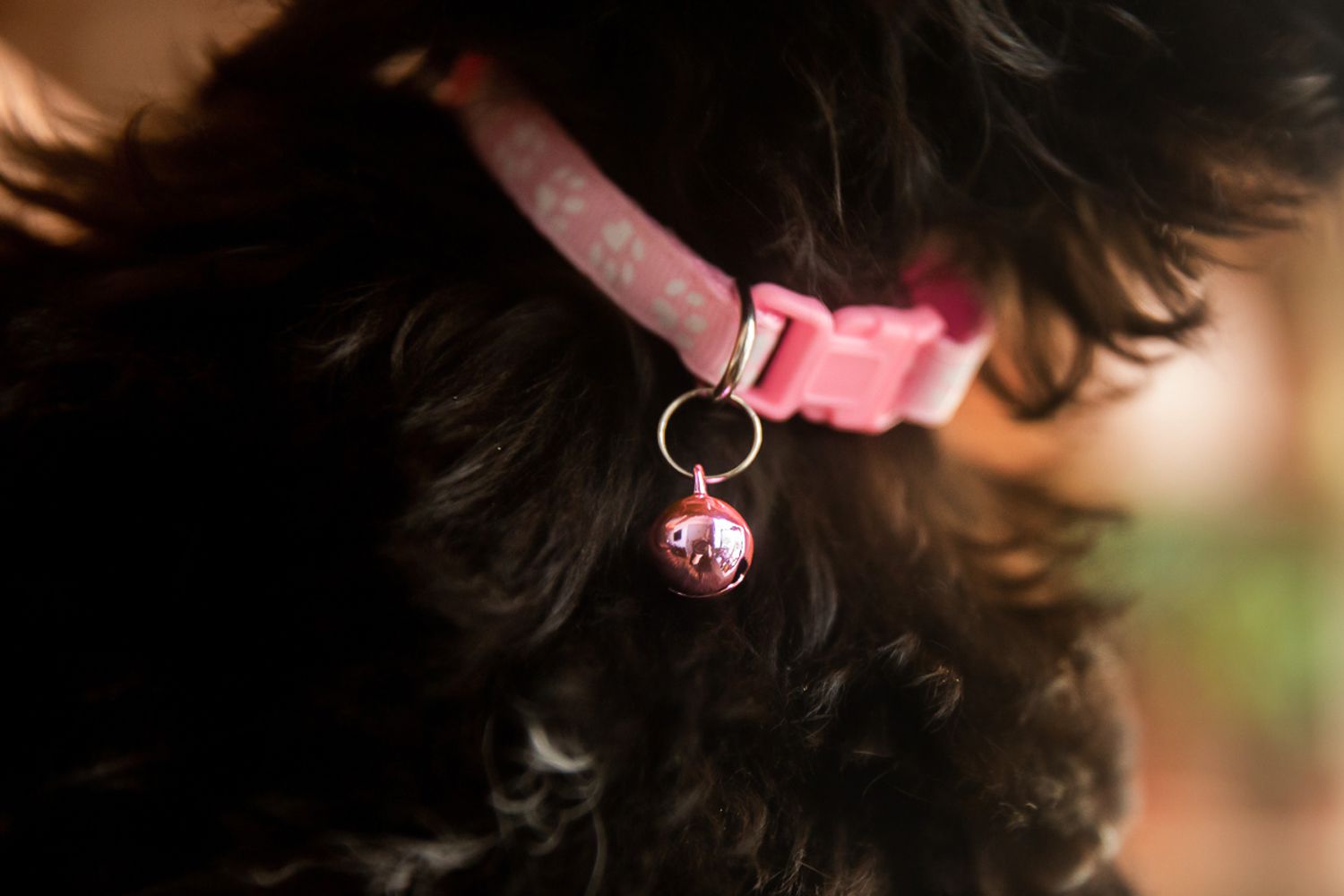
The Spruce / Phoebe Cheong
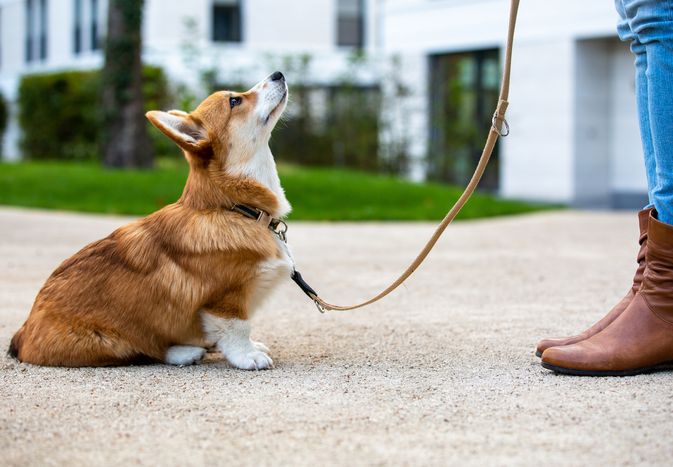
Desensitization and counterconditioning are two training methods that may help your dog overcome reactivity and negative feelings toward certain peopl
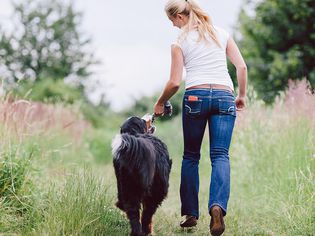
Walking with your dog at a "heel" is more formal than walking your dog on a loose leash. Teaching a dog to heel involves training it to stay close by
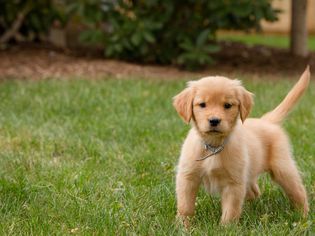
Puppies typically exhibit fear when confronted with unfamiliar people, animals, or situations. This normal emotion is a protective mechanism that prom
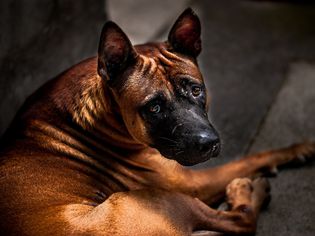
While dog bites can happen for many reasons, fear aggression is a common concern. Just like humans, dogs can inherit a tendency to be anxious, and the
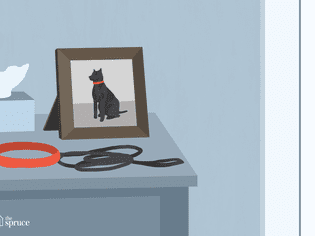
Grieving for the loss of your pet is an important part of coping. If you have lost a special animal companion, the emotions can become overwhelming. T
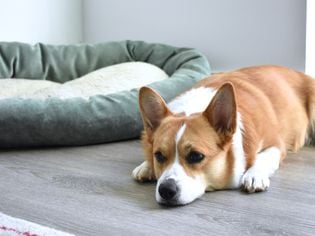
Losing a pet is a difficult situation for everyone, including the other dogs in the household. You may not realize it, but dogs do grieve the loss of
We are an information hub dedicated to delivering clear, trustworthy, and engaging content across a wide spectrum of topics — from innovation and trends to daily life, wellness, and global developments.
Our team is passionate about creating content that helps people stay curious, make informed decisions, and understand the world with greater clarity and context.
With a focus on quality, relevance, and accessibility, we aim to offer a meaningful experience for everyone seeking knowledge, ideas, and thoughtful perspectives.